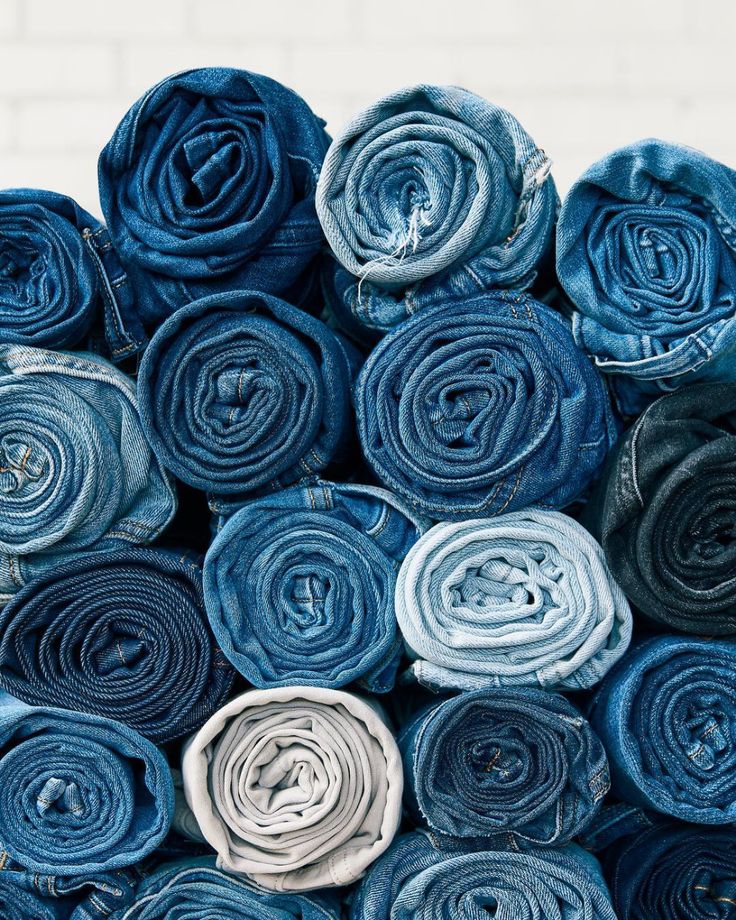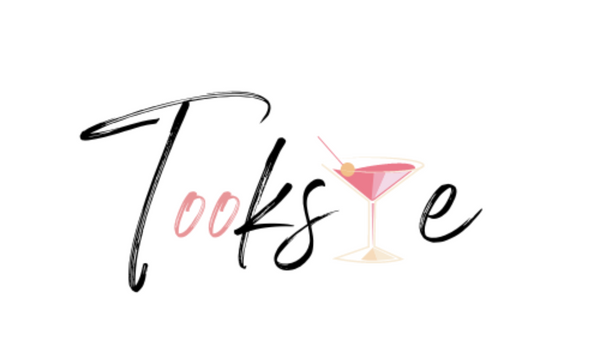
Everything You Need to Know About Denim
Share
Denim’s a wardrobe staple that we love and wear as it’s versatile, comes in all different styles, goes with anything and can be dressed up or down. Having said all that about the benefits of this robust fabric, what do we know about it what denim actually is and its origins?
What is denim made from? I never thought about it, until I did some research. It’s a type of cotton twill, (stay with me, it gets confusing!) in which the weft passes under two or more warp threads. Warp threads of denim fabric are dyed in indigo, but, weft threads remain plain white. Which explains why denim is blue on one side, and white on the other. When it’s used to make jeans, the denim is turned blue on the outside and because of the way it’s made it fade the way it does wash after wash. Interesting eh?
The word denim comes from fabric ‘serge de Nimes’ made in France city of Nimes from where it started off.
In the 1800’s blue jeans came about at the time of the Gold Rush in California as American gold miners needed hard wearing clothing that wouldn’t tear easily and lasted long. A tailor called Jacob Davis collaborated with Levi Strauss and the two of them started supplying miners with robust denim that were reinforced in areas that normally tore easily. Years later in the 1930’s when cowboy movies were coming out of Hollywood, jeans became popular as actors wore jeans as part of the movie. When World War II started, jeans were not that popular, until, soldiers were wearing them when on leave. When the war ended, Wrangler and Lee jumped on the bandwagon and started making jeans.
In the 50’s, as a mark of rebellion, young people started wearing jeans and were inspired by the young actors at the time who were Marlon Brando and James Dean. Some public places, like schools and theatres, even banned jeans because of the rebellion taking place amongst young people in those days! Then in the 60’s and 70’s jeans made the transition to fashion as they were being made into different styles and designers had started making it into a trend so they became acceptable.
Know your Denim
There are so many washes and finishes of denim, it can get confusing.
Raw Denim
This denim is unwashed and as described, in its raw state, dark blue and stiff straight from the mill.
Acid Wash
Most popular in the 80’s, but, it seems to be making a comeback. It’s made by soaking pumice stones in chlorine and adding them to the wash process. Incredible!
Rinse Wash
The simplest wash for denim, where the remaining dye is removed from the fabric, to help stop the color from running. This wash makes the denim feel softer whilst giving it a clean look.
Mid Wash
This wash is a very common choice for most denim, mid-wash undergoes a longer washing process than the rinse denim to take away more of the indigo dye to create the mid blue color. This wash also makes sure that the denim is softer compared to raw denim.
Light Wash
This wash means that the denim has a longer washing cycle than mid wash, which results in a lighter blue shade of denim.
Bleach Wash
Bleaching denim makes it heavily faded. It’s easy to tell bleached denim easily as it’s light and washed out. Washing with bleach is a way to do this finish, or, It’s also done by spraying or hand rubbing on the areas that you want this effect, but, it’s complex and would need to be done by somebody who’s skilled in this area of expertise.
Black/Grey
Black and gray denim goes through the same type of dying process as traditional blue denim, the only difference is that different dye colors are used.
All-over Tinting
This process is when different dyes are added to the denim during the wash. Usually, brown and green tints are used.
Coated Denim
A coating of PU (Polyurethane) is applied on the fabric in the mill after it’s weaved to help it to last for as long as you keep the denim, and it won’t deteriorate throughout its laundering life. How cool is that?
Vintage Wash
The worn in vintage look is created in the washing and finishing of the tints are added to give the effect of ‘aging.’ A type of bleach called PP Spray, is included to finish the process, in addition to hand scraping, whiskering ( thin fading lines formed from creases that are usually found on the front pocket areaof jeans) and grinding.
The next time you pick up a pair of jeans, you’ll be able to appreciate all the work that went into them, and have an idea of all the processes it went through to achieve the desired look! Jeans are always a good idea, they come in limitless styles, hardwearing and more than just blue – dare to be different!
